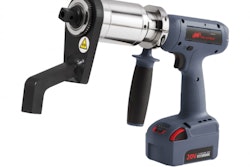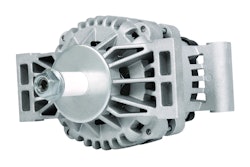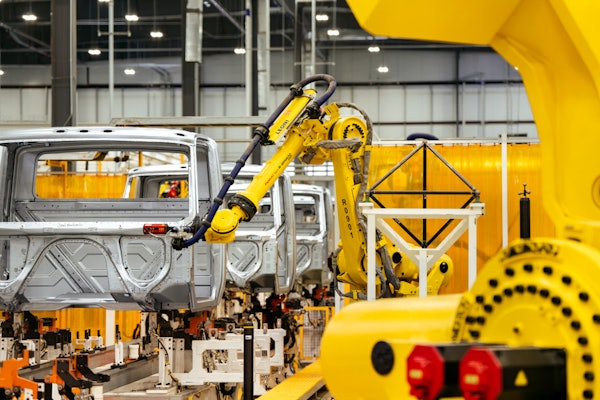Summer is a great time to think beyond the day-to-day hassles of the truck parts and service business, but the subject is not necessarily a comforting one. Please take the time to consider some of these possible potholes.
Many distributors reading this (as well as their suppliers) are operating an outdated distribution model. This is not another ‘we’re all doomed’ tract, rather it will provide a wake-up call.
Simply put, if you are a distributor counting on ’box pushing,’ stocking and selling parts without some kind of service component. You will effectively be out of business by July 4, 2022.
Traditional distribution models aren’t a decent defense against the internet-enhanced tsunami of ecommerce. Needed is a flexible model with seamless technological integration ensuring high operational efficiency and non-UPS-able customer-demanded service.
How can we fully embrace the omnichannel distributor environment? Some challenges that traditional independents face in the current climate:
As an industry, we lack sufficient process efficiency. Adding value to customers is all about refining and identifying emerging customer-centric processes. It’s important to focus on efficiency over volume.
Traditional parts sales are trumped by the new omnichannel hero — efficiency. Efficiency is all about seamless customer service and a commitment to data analysis.
Inefficiencies lead to organizational stagnation and frustration. Distributors often struggle to let go of legacy systems like paper purchase orders. Plan now on how you can embrace automation in order to hold onto valued customers.
Not enough current players are investing in the future now. Internet-enhanced supply chains are exciting places full of emerging technology. Brands are not simple parts in boxes (even bar-coded boxes). Suppliers need to broaden the scope of their brand investments to be prepared for the technologies impacting customer experience, marketing and operations.
Huge improvements in machine learning mean that live chat functions are now replacing the traditional call centers. Robots are entering distribution, and VR is making waves in technician training. Already available technology is tomorrow’s tool — the entire supply chain needs to invest in new ways of doing things in readiness for the paradigm shift.
Mobile commerce had been on the radar for a number of years, but some distributors are still surprised by remote truck diagnostics, leading to a colossal future (2018?) loss of revenue and market share.
Note: In the impersonal world of automation and electronic process, many maintenance guys are going back to more local, authentic brands that they trust. This includes all important branch personnel who offer them a ‘safe’ experience.
So how can brands speak to truck operators on these terms, whilst also managing a business on a (hopefully) growing scale?
The key is to make sure that process automation doesn’t also lead to brand autopilot. Employee understanding of mission statements, values and working with trusted suppliers are going to become increasingly important in the ‘ideological’ battle for the consumer.
Going digital is expensive, not going digital is fatal. Upgrading the backend (order processing and billing) and frontend (including sales and delivery people) of a store is a huge endeavor, but it’s a critical investment into your company’s future as a brand.
Digital isn’t just about selling online — it’s about having more data, selling smarter and operating a multichannel hub. Omnichannel and multichannel selling is becoming the norm; it’s how businesses stay competitive. Sitting back and complaining about suppliers selling an online competitor is a losing proposition.
The new era of internet-enhanced commerce is all about giving customers juiced-up experiences, reflecting efficient and streamlined company processes.
The boogeyman of Asian ecommerce vendors entering the U.S. markets from countries like China and India will put pressure on national brands who struggle to meet consumer demand cost-effectively.
Rather than compete on price, brands will have to learn how compete on customer experience and brand considerations.
Bill Wade is a partner at Wade & Partners and a heavy-duty aftermarket veteran. He is the author of Aftermarket Innovations. He can be reached at [email protected].










